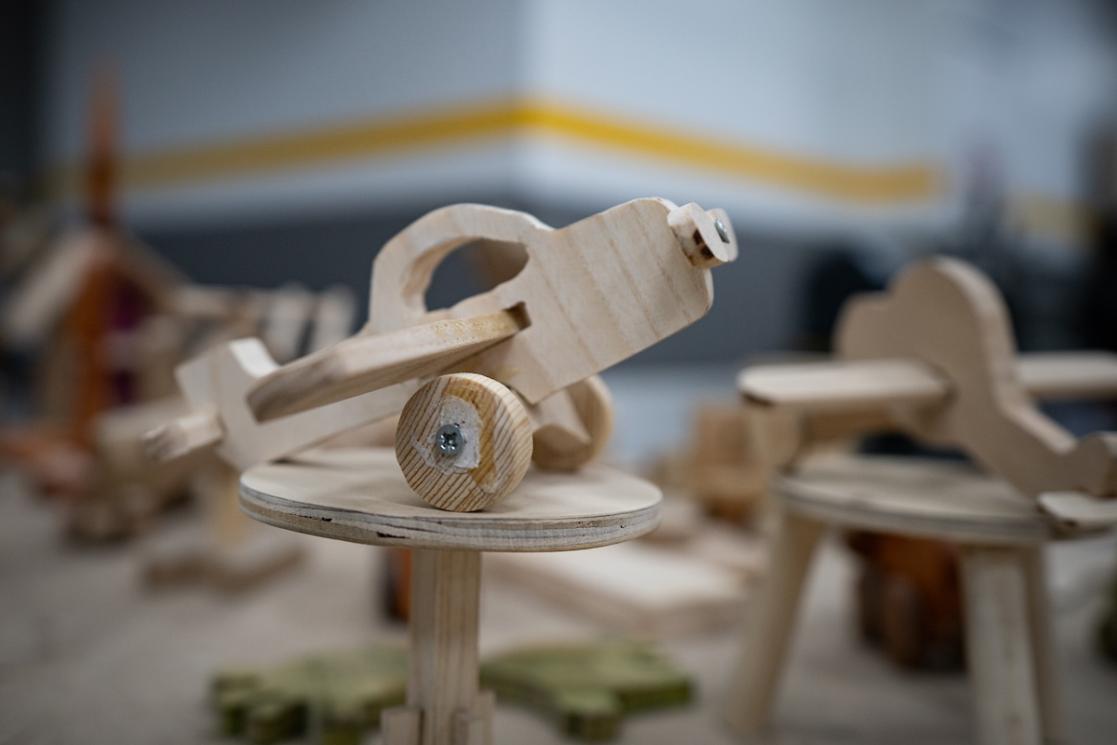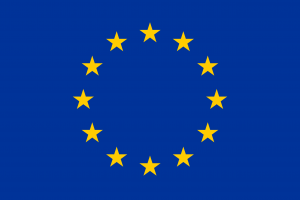EU project builds skills to make Anatolian carpets and toys

Year-long courses in toy making and Anatolian style carpet weaving are run at the Karaköprü Municipality Necmettin Cevheri Culture and Performance Centre. It is supported by the EU-funded ENHANCER Project, which stands for Enhancement of Entrepreneurship Capacities for Sustainable Socio- Economic Integration.

EUROPEAN UNION, 2025
Half-finished toys lying on a workbench, getting ready for playtime.
Mahmud Abdi learned his skills in cutting, shaping, sanding and joining wood at the centre’s ecological wooden toy course. Surrounded by wood cutting machines, he explained why he decided to take part.
Speaking Turkish, he said: “I’m from Raqqa, Syria. I’ve been here since 2014. I joined this course because I enjoy this sort of things and wanted to learn how to do it. And now I sell what I produce here.”
He trained here in both carpentry and making wooden toys. Now, he can also establish his own business.
Trainee Gülay Dağtaş says she has learnt a lot of good things during the course and is happy making and selling toys. But she smiles more when this role makes her children happy. “We sell the toys we make. Also, I make toys for my children,” she says.
Trainer Neslihan Karatay Çiftçi said: “The trainees want to have a profession and sell what they produce to earn a living for their families.”

EUROPEAN UNION, 2025
The ENHANCER Project’s carpet weaving focusses on Anatolian motifs.
A touch of magic
The ENHANCER Project’s carpet weaving focusses on Anatolian motifs. They are coloured using root dye and old motifs are also used by trainees who adapt them to the present day.
Getting hands, eyes and brain engaged with the warps and wefts of weaving is demanding. It requires patience and skilled fingers. Trainees have to concentrate on keeping the tension of the yarn or wool consistent. Warp and weft refer to the direction of the woven threads.
Watching the weavers at work is fascinating as they bring colours and shapes to life, engaging with Türkiye’s long tradition and association with carpets.
Trainee, Filiz Çelik, attended the course for one year. “I had no profession. I’m here since I like weaving. We’ve learnt everything about carpet weaving, starting from scratch,” she says.
Carpet making is said to have started in the Anatolian region during the Seljuk period, which began in the 11th century. These are characterised by geometric designs and bright colours. The earliest rugs still in existence date back to 1243.
The Turkish rug in Anatolia became popular as the Silk Road opened. With the region being a hub for commerce and cultural exchange, they were highly sought after commodities.
Today, rugs woven on looms at the cultural centre are helping to keep the skills and heritage alive, creating as they have always done, a chance for people to earn money and find work.
But perhaps the important bonus is that people are getting the chance to be creative and satisfied by learning new skills they can use. Beyond that, the things they produce stimulate fun for children and pleasure to those in need of a quality carpet. And that is the magic ENHANCER feeds into.

EUROPEAN UNION, 2025
Watching the weavers at work as they bring colours and shapes to life is fascinating.
Learning new skills and becoming entrepreneurs
The ENHANCER Project focusses on employment for both refugees and Turkish citizens. Carpet weaving and wooden toy courses offered at the Necmettin Cevheri Culture and Performance Centre are proving popular. The courses have attracted 225 people, including 71 Syrians. They benefit from learning new skills, but training also opens doors of employability for the participants.
Pınar Yapanoğlu, the Portfolio Manager of International Centre for Migration Policy Development (ICMPD) Western Balkans and Türkiye Office, says: “The ENHANCER Project started in January 2020 with EU funding. We have been conducting this project in 11 provinces in cooperation with the Ministry of Industry and Technology and Development Agencies.”
“Our grant scheme is unique. We not only finance, monitor and evaluate but also do initial needs assessment with our grantee organisations, and we bring in expert advice. We are delighted that we have achieved concrete results.”
The courses have been running in Şanlıurfa and Gaziantep since 2020. The ENHANCER Project is implemented in İstanbul, Ankara, İzmir, Bursa, Gaziantep, Adana, Mersin, Konya, Şanlıurfa, Kayseri and Hatay.





